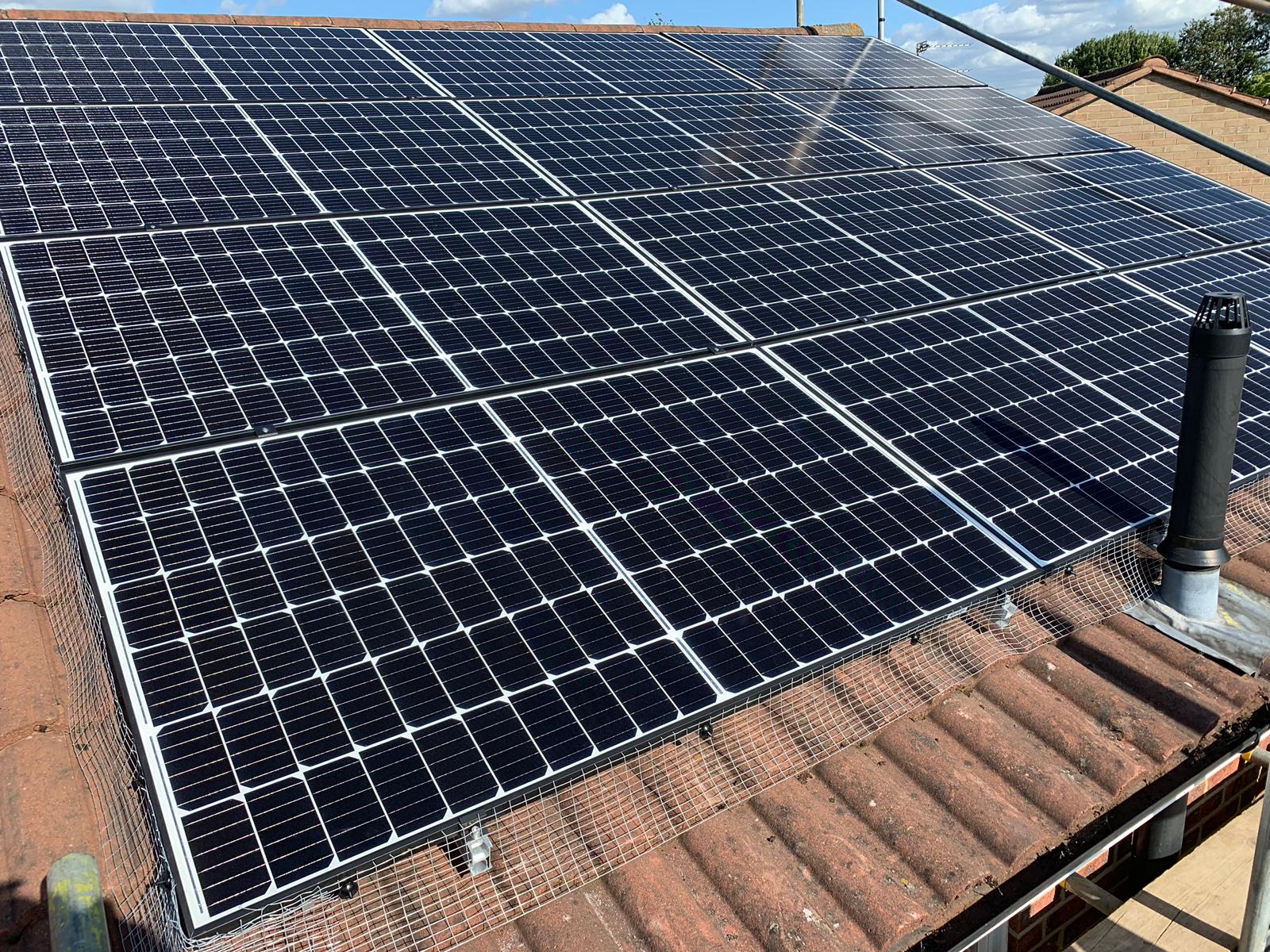Fossil fuel-powered generators are strapped with emission concerns, maintenance needs, and potential personal risk, whereas a battery-based energy storage system is safe, efficient and has a very low operating cost.
We are living in an era of extreme weather, and there is no end in sight. In July 2023 alone, there were devastating wildfires in Canada, severe thunderstorms that rocked the eastern United States, and extreme heat that made July 2023 the hottest on record. That led into August, which saw high winds down power lines causing the tragic Maui fires, while Southern California was hit by a 1-2 punch of Hurricane Hilary and an earthquake. All these events add pressure to an already taxed grid, leaving homeowners everywhere at an increased risk of power outages.
To offset this risk, many homeowners are making an investment in a backup energy source. Traditionally, fuel-powered generators are the common choice for backup energy, but the newer energy storage systems (ESS) are growing in popularity.
Energy storage systems, often referred to as ESS or battery backups, do just as the name says: store energy for use at a later time (i.e., when there is a power outage). They can be coupled with existing solar equipment or connected directly to the grid to build up energy storage. Then, energy is discharged when the grid is down, in the event of severe weather or other outages.
Read more: pv-magazine
It’s Time to Go Green!
If you would like to know more about Solar Panels and the PowerBanx range of home battery systems, and get a free instant quote, please complete our online form:





